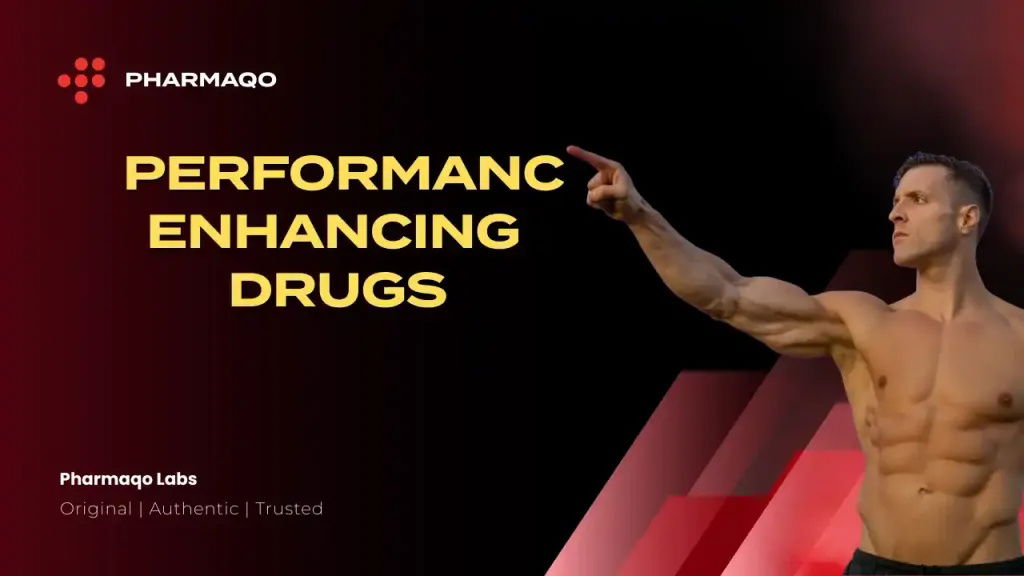Understanding Performance Enhancing Drugs in Sports

Performance-enhancing drugs (PEDs) are often a hot topic in sports. From top athletes breaking records to scandals that make headlines, PEDs have shaped modern athletics. But separating myths from facts is important for anyone interested in sports.
A Brief History
PEDs have been around for a long time. Ancient Greek athletes used natural mixtures to boost energy. By the mid-20th century, anabolic steroids became common in track and strength sports. Scandals in the 1980s and 1990s led to stricter rules, testing, and the WADA banned list.
Common Myths
Myth: All PEDs work the same
Different types like steroids, SARMs, HGH, stimulants, and blood doping each work differently.Myth: PEDs guarantee success
Drugs can help, but training, nutrition, and discipline are essential.Myth: Legal enhancers don’t exist
Creatine, protein powders, and caffeine are safe, legal options for improving performance.Myth: Supplements and PEDs are the same
Supplements nourish the body; PEDs directly change performance.Myth: Testing can’t catch athletes
Modern testing, biological passports, and retrospective sample analysis make cheating difficult.
Important Facts
- PEDs are strictly monitored, with yearly updates to banned lists.
- Health risks are significant: heart problems, hormonal imbalances, strokes, and other long-term effects.
- Many doping scandals have destroyed careers and reputations.
Safe Alternatives
Athletes don’t need banned substances to improve performance. Legal and safe enhancers can support training and results. For a complete guide on myths and facts about PEDs, check out this article on performance-enhancing drugs in athletics.
